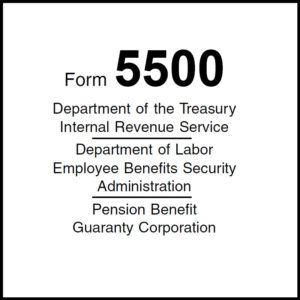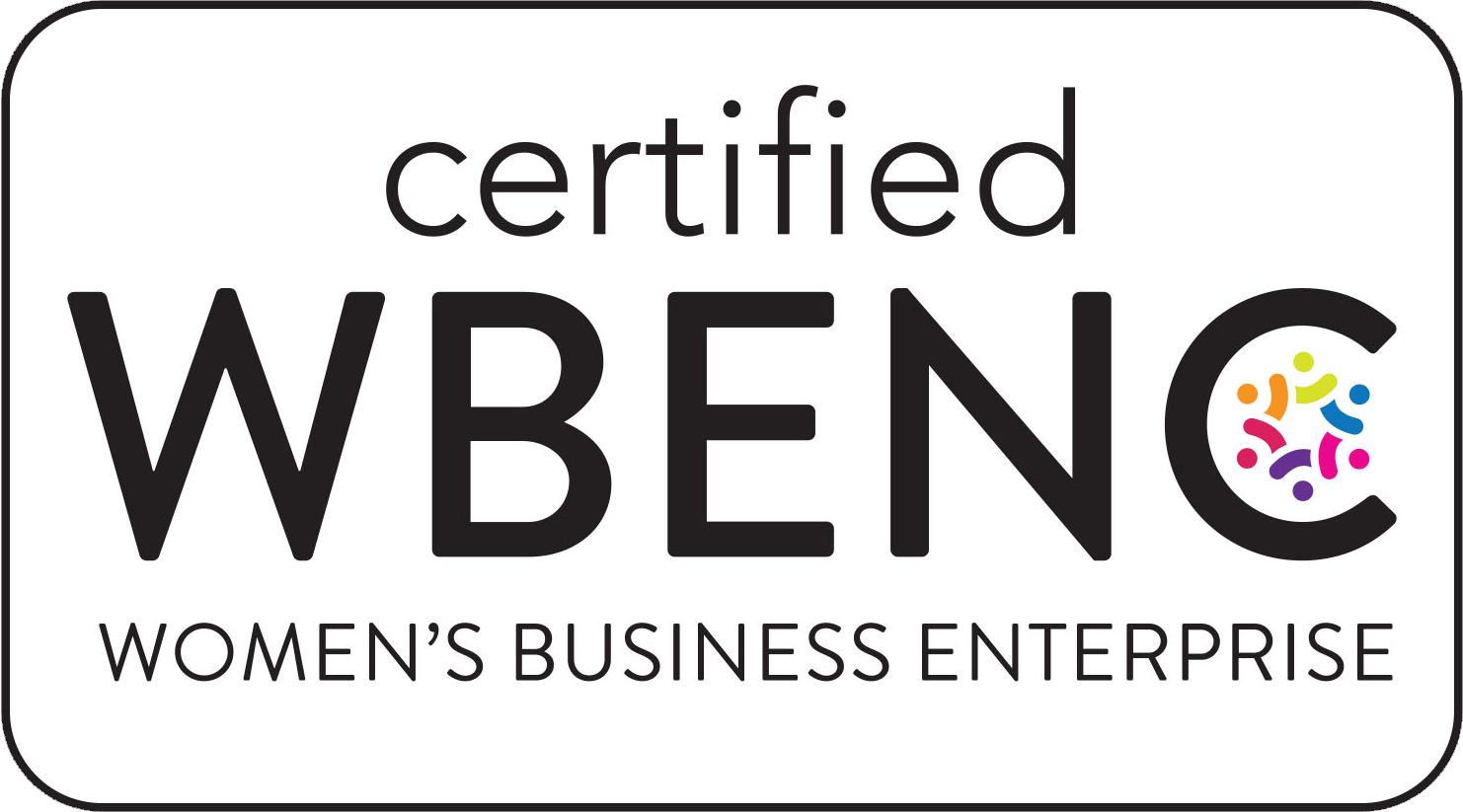When is a Form 5500 a Final Return?
 The instructions state that you check Line B – Box for Final Return/Report if the Form 5500 is the last annual return/report required to be submitted for a plan. If all assets under the plan (including insurance/annuity contract) have been distributed to the participants and beneficiaries or legally transferred to the control of another plan, and when all liabilities for which benefits may be paid under a welfare benefit plan have been satisfied, check the Final Return/Report box in Part I, Line B at the top of the Form 5500. If a trustee is appointed for a terminated defined benefit plan pursuant to ERISA Section 4042, the last plan year for which a return/report must be filed is the year in which the trustee is appointed.
The instructions state that you check Line B – Box for Final Return/Report if the Form 5500 is the last annual return/report required to be submitted for a plan. If all assets under the plan (including insurance/annuity contract) have been distributed to the participants and beneficiaries or legally transferred to the control of another plan, and when all liabilities for which benefits may be paid under a welfare benefit plan have been satisfied, check the Final Return/Report box in Part I, Line B at the top of the Form 5500. If a trustee is appointed for a terminated defined benefit plan pursuant to ERISA Section 4042, the last plan year for which a return/report must be filed is the year in which the trustee is appointed.
A plan should not check the final return/report box if the there are any participants at year-end reported on line 6 or has net assets and liabilities at the end of the year greater than zero on either the Schedule H or Schedule I.
It seems pretty clear when a final Form 5500 needs to be filed. However, the Internal Revenue Services’ Employee Plans Compliance Unit (EPCU) found that more than 90% of the plan sponsors that filed their final Form 5500 filing had at least one error. Many of the errors consisted of filing returns marked “final” but listed assets at the end of the plan year or the assets were distributed after the end of the plan year but before filing the Form 5500.
What about mergers and acquisitions?
This article does not get into the complex legality of corporate mergers and acquisition or stock versus asset sales. It does discuss when an employee benefit plan that has merged with another employee benefit plan is required to file a final Form 5500. It is critical that the merger document is carefully scrutinized to identify whether the merger date is linked to the physical transfer of assets.
Suppose Plan A is merged with Plan B effective as of the close of the calendar plan year, and that Plan A is the surviving plan. Effectively, the merger documents legally transferred control of the assets and liabilities of Plan B to Plan A immediately as of the close of the plan year. As of midnight of December 31st, Plan B has no assets or liabilities because control has been transferred to Plan A. Plan B will file a final Form 5500, showing zero participants on Line 6 and asset values as of the last day of the plan year reported on either the Schedule H or Schedule I will be zero. Lines 4k and 5a of Schedule H and lines 4j and 5a of Schedule I (relating to plan termination) must be completed as though the plan was terminated. At line 5b of either schedule, report the transfer of assets to Plan A.
Don’t forget that the Form 8955-SSA for Plan A will need to report any previously terminated participants with vested benefits from Plan B whose deferred benefits have been transferred to Plan A.
When does a welfare benefit plan file a final Form 5500?
Many welfare benefit plans do not have assets because they are unfunded, fully insured or a combination unfunded/insured. Therefore, you look to when all liabilities for which benefits may be paid under a welfare benefit plan have been satisfied. This may include the lag time after the termination of the plan that participants can submit incurred but unpaid claims.
Do not mark the final box for a welfare benefit plan that has dropped below 100 participants and is no longer required to file a Form 5500 for the next plan year. Welfare plans reporting Code 4R on Form 5500, Line 8b will not mark the return as final. This is because the welfare plan has not been terminated; it is just no longer required to file a return/report. The return/report will also include the necessary participant counts on Line 6.
Planning tips
Review your terminated plan to see if you have finished all the termination steps including filing:
- All current and prior Form 5500 returns
- A final Form 5500 showing zero assets and zero participants
Final Forms 5500 are required even if you’ve been exempt from filing a Form 5500-EZ (the annual return of a one-participant retirement plan) in previous years.
You should correct any errors on a previously filed Form 5500 and amend your return.
Contact 5500Tax Group today if you need assistance with filing your Final Form 5500 or amending a prior filing.
